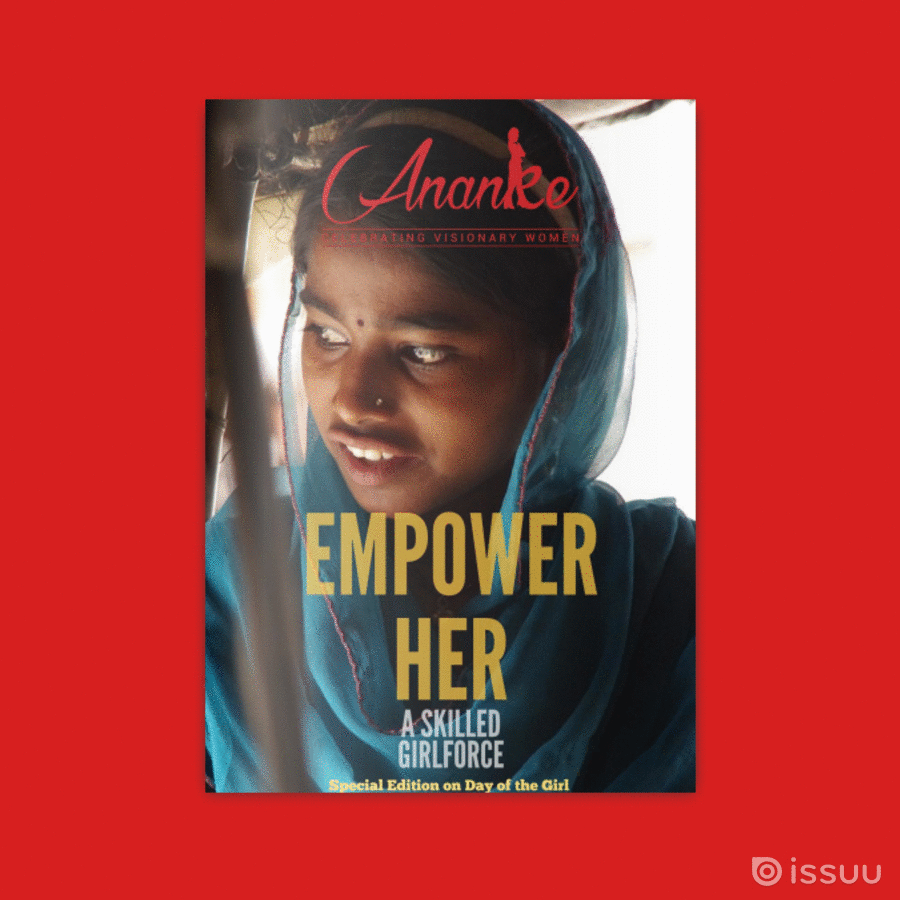Blockchain, as we know it, has several definitions. One of such simple definitions is that a blockchain is a chain of chronological blocks which represents a distributed database, existing on multiple computers at the same time. It is a continuously growing list of digital records in blocks which are linked and secured using cryptography.
The blocks are stored in a linear chain. Each block in the chain contains data, a link to the previous block and is also time stamped.
For ease of understanding, blockchain can also be compared to an online database for students’ results. Each student has access to this database and can view information stored on it, because they have the public key to the website (that is, their username and password), but only the administrator can add or remove information from this database, because he/she has the private key which oversees and supersedes all public keys. The database is important and secured/encrypted because it contains vital academic information about each student. This is how the block chain is too.
Blockchain is important because of its recent numerous applications in our daily life. Its importance stretches beyond monetary uses (e.g Bitcoin) to include uses as a secured storage of information in the block chain database.
The features of blockchain such as transparency, privacy, trust, reliability and immutability makes blockchain a relevant technology for any industry. Its potentials is massive as it offers a modern perspective to the current transaction and record-keeping mechanisms and can be viewed as the foundation for disruptive digital businesses. Its implementation has been found to be useful in the Financial sector, Insurance sector, banking system, healthcare sector, Electoral voting system, and in the economic sector. Research shows that in the next few years (2025-2030), the market is predicted to observe an incredible high growth through blockchain. Through this way, it is foreseen to be able to globally break the cycle of poverty.
How does it hope to achieve this? Through economic inclusion and identity, by offering everyone better opportunities through better access. Ashish Gadnis; founder of blockchain powered ID StartUp BanQu caps it all when he says: “People need to be connected to the supply chain, not be given more money”.
But how can the cycle of poverty be broken without the inclusion of women in this sector? As we know, every industry needs women to thrive. More gender diversity equals more success for every industry, and blockchain is not exempted from this fact. Being a relatively new industry, women still have the opportunity of getting involved and growing with this industry. The basic thing needed for women to participate in this sector are women themselves and the key to getting women to participate is through Education, Empowerment and Awareness.
It is unsurprising to note that most women view blockchain as a complicated industry, but if awareness is created and women are educated about the general concepts of this Industry, they would definitely turn to find it less complicated. Agreeing with this, Eva Kaili; European Parliament member from Greece opines: “This is because the concept of blockchain and empowerment can only exist if we have education.”
Kelsey Cole, co-founder of blockchain digital advertising company Adbank, suggested that to become involved in the cryptocurrency industry, women should take the following three simple steps:
- Set up a wallet and write down its private key, as a position in crypto usually requires acquaintance with some form of cryptocurrency wallet.
- Participate in the community, activity that increases knowledge and reputation, which is invaluable to career progression.
- Do research on the technology and the market, because due diligence is crucial to success, from both a career and investment perspective.
Phu Styles; founder of Women in Blockchain foundation, also suggests possible measures to involve more women in the industry when she states: “Every crypto investment fund should also be actively seeking to invest in female led blockchain companies, governments grants should be given to incentivize women to start blockchain projects, and on a personal level, both men and women who are already involved in blockchain should share their knowledge and mentor women who are new to the space.”
In summary, the great prospects of the block chain industry makes it pertinent for women’s participation in this sector. The space needs women to thrive. Just as women need to participate in this industry. The key factors (Education, Awareness and Empowerment) to facilitate this are right there before us. The question is, are we willing to bridge the gap between women and the block chain industry?











